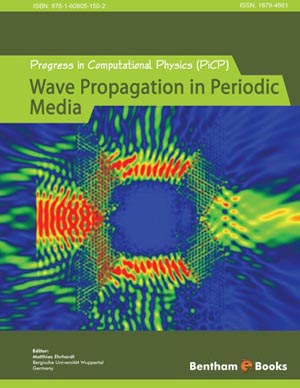Abstract
Radiofrequency and microwave radiation are part of the electromagnetic
spectrum. They occupy the lower end of the spectrum with respect to frequency and are
on the higher end with respect to wavelength. They have lower energy than the rest of
the forms of electromagnetic energy on the spectrum, and as a result, they do not have
enough energy to ionize the materials they irradiate. Radiofrequency and microwave
radiation have been used in many applications, including communications and the use
of radar to be able to predict weather patterns, medicine in both diagnostic and
therapeutic uses, and industry. A major development in recent years has been the
development of the 5G mobile network, which uses millimeter waves to transmit data
to and from mobile phones that operate in the radiofrequency region. However, the rise
of the 5G mobile network has many concerns that high exposures to these levels of
radiation can be harmful to humans. This has been a point of discussion in the past and
has led to decades of research into the potential health effects of radiofrequency and
microwave radiation on humans. Even with a large amount of research that has been
done, the health effects of radiofrequency and microwave radiation are still a highly
debated subject. The IARC classifies radiofrequency electromagnetic energy coming
off from mobile phones as a Group 2B substance, which means that it is not clear
whether it causes cancer. Overall, radiofrequency and microwave radiation can be
harmful, but research shows that it is mainly in the really high levels of exposure.
Oftentimes, the public does not come close to approaching the limits established from
the regulatory exposure limits set forth by various regulatory bodies around the world.













